As we enter the final quarter of 2024, the first Local Law 97 (LL97) submission period is quickly approaching for New York’s co-ops and condos, with the first annual emissions reports due in May of 2025. Under LL97, owners of buildings over 25,000 square feet are required to reduce their buildings’ carbon emissions and meet specified emissions limits starting this year. If your building does not meet the specified carbon cap, it can face fines of tens of thousands of dollars every year.
The May 2025 deadline isn’t the only one that requires a tactical plan; Local Law 97 also requires buildings to look to 2030 and beyond, when stricter carbon caps take effect. As of now, only 20% of affected buildings are expected to meet the 2030 carbon caps unless they take significant steps to decarbonize now.
The work of decarbonization and building upgrades is best approached in strategically planned phases. However, one of the challenges of preparing for Local Law 97 is that the optimal plan of action differs for every single property; there is no one-size-fits-all checklist to follow. Every property has unique circumstances and requirements that come into play when outlining decarbonization steps.
Fortunately, no matter the property type, there is a roadmap to ensure your building is making the necessary progress for carbon reduction and future savings. This roadmap consists of three phases: Assessment, Planning & Implementation, and Measurement & Verification. Each of these phases can be broken into achievable milestones with property-specific, year-by-year goals.
Phase 1: Assessment
The next two years are crucial for establishing a strong decarbonization plan, and the first milestone buildings should already have completed—or at least have in progress—is an Assessment.
First, verify your building’s data and that your building is complying on the Article 320 Pathway for Local Law 97. Some of the complexity around LL97 is there are different pathways to compliance; however, the vast majority of market-rate co-ops and condos fall on the Article 320 compliance pathway, or Standard Pathway. If you have not already reviewed your building’s compliance pathway requirements, this is the best place to get started.
During the assessment phase, buildings benefit greatly from engaging certified engineers to complete an energy audit. Energy audits include analysis and evaluation of major systems associated with heating, cooling, domestic hot water, ventilation and lighting. A thorough energy audit not only provides detailed recommendations for building and equipment upgrades, but also outlines the financial impact of implementing upgrades, providing an understanding of the expected payback periods and ultimately, your ROI.
Completing an audit is also one of several requirements set by the Department of Buildings (DOB) for any building that plans to seek penalty mitigation via a Good Faith Effort.
Completing your property’s assessment should include a clear plan for LL97’s future anticipated carbon caps. More than 70% of multifamily buildings will require major upgrades in order to comply, with approximately 50% requiring electrification before the more aggressive 2030 caps go into effect. If your property’s pathway to fine elimination in 2030 relies on electrification, this phase becomes even more urgent.
Properties with boilers near the end of their expected useful life (EUL) should consider expediting the electrification assessment process, while properties with newer, more efficient systems can create a capital plan with extended time to implement electrification. The age and condition of the building’s heating and domestic hot water (DHW) plant should also be assessed, since these will often have an impact on the electrification and upgrade timeline.
Once the energy audit and building assessments are completed, your building has reached an important milestone, and should begin the process of implementing energy conservation measures and preparing for electrification.
Phase 2: Planning & Implementation
After the assessment phase, it’s time to plan and implement energy conservation measures. This is where planning your timeline in advance and starting with small steps will benefit your long-term gains. Implement lower-cost, quicker payback measures first, such as upgraded controls, insulation, and water efficient plumbing fixtures, so that you can begin to reap some energy reduction rewards quickly.
The next approach is to begin implementing measures that prepare your property for electrification. Certain measures can reduce the electrical load on your building. This goal can often be accomplished by making improvements to your building envelope, such as upgrading windows, overhauling ventilation, adding insulation to the roof, and improving façade insulation.
Overhauling mechanical ventilation is often an integral aspect of preparing your building for electrification and achieving energy savings. A mechanical ventilation system overhaul can range from methods such as cleaning and sealing exhaust shafts to installing dampers and replacing exhaust motor fans. In certain cases, installing Energy Recovery Ventilation (ERVs) is also a recommended course of action.
Finally, your building’s water systems should also factor into load reduction. Measures to consider here often include installing water-efficient plumbing fixtures and balancing DHW distribution.
Collaborating with qualified energy engineers will enable you to take a calculated approach to achieving LL97 compliance. The projects and improvements your building takes on will impact future energy consumption, carbon emissions, demand charges, utility billing, and maintenance plans. Many additional complexities can occur during implementation, and there are many long-term effects to consider as your property progresses through these milestones.
Phase 3: Measurement & Verification
Starting in 2025, all LL97 covered buildings should plan on completing measurement and verification and making the required annual submissions. The law requires properties on the Article 320 pathway to have their emissions calculated and submitted by a Registered Design Professional (RDP). In fact, RDPs must be engaged by February 1, 2025. It’s best to select an RDP who already has experience with other local law submissions and knows that emissions reporting should include rigorous data management to ensure accurate submissions.
LL97 penalties will be significantly higher than those imposed for noncompliance with other local laws, so it’s critical to consider your RDP’s experience and data management capabilities. Selecting an experienced service provider not only gives you the best chance of avoiding fines, but also sets you up for success with LL97 compliance over the long term.
Punit Shah is Vice President of Existing Buildings at Bright Power, Inc., which has provided energy engineering and building compliance services in NYC for nearly 20 years.



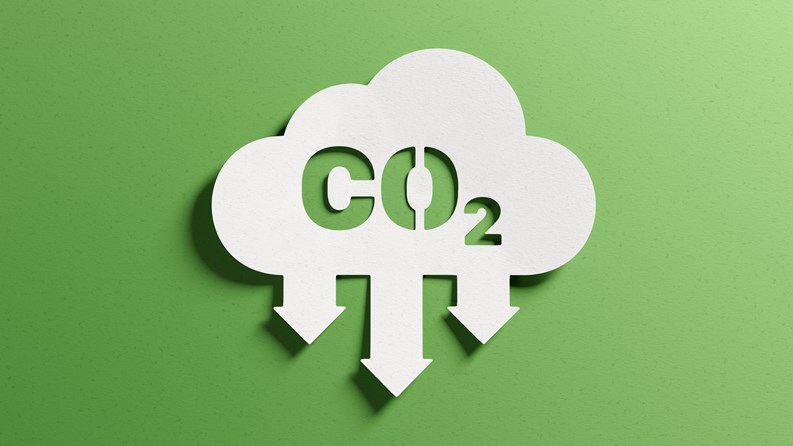
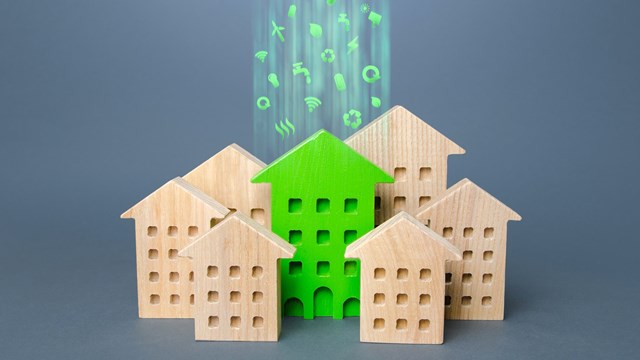

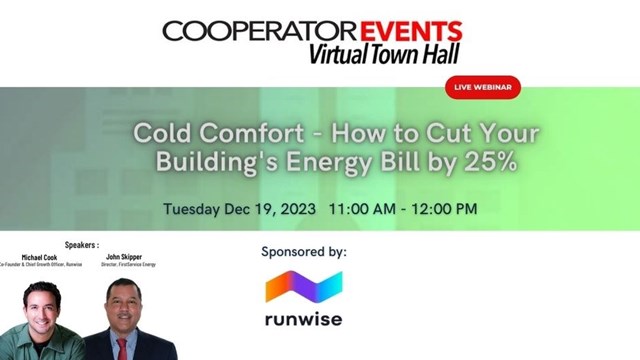
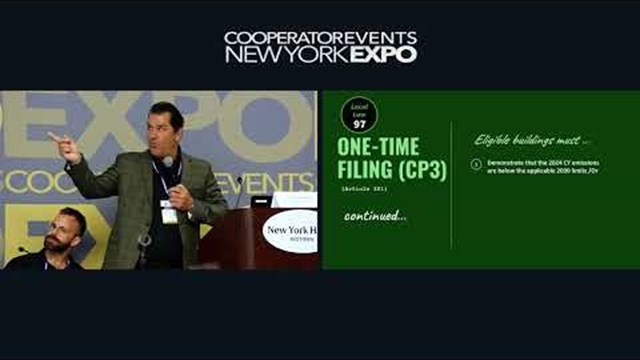

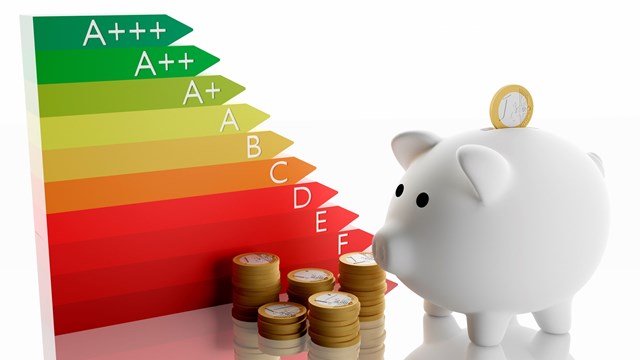
Leave a Comment